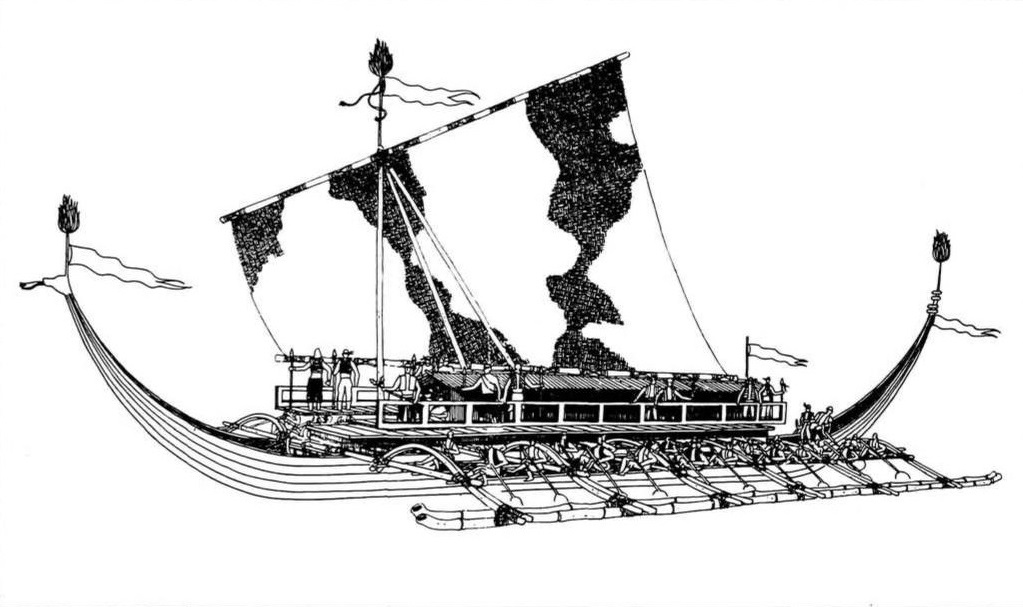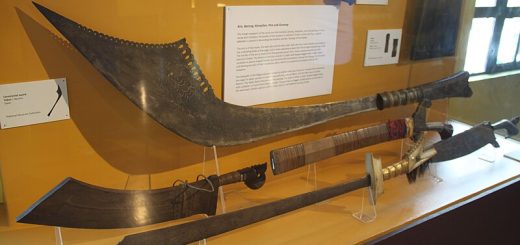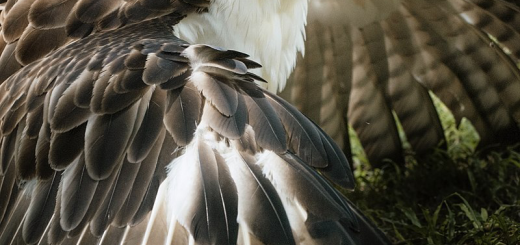Karakoa in Philippine History – A Symbol of Maritime Power

The Karakoa is a significant maritime vessel in Philippine history, representing not only the advanced shipbuilding techniques of the time but also the rich cultural heritage of the archipelago’s indigenous peoples. As we delve into the history of the Karakoa, we uncover its role in trade, warfare, and the social dynamics of early Philippine societies.
Origins and Design
The Karakoa is believed to have originated from the Austronesian seafaring traditions, characterized by its outrigger design that provided stability and speed. Typically made from strong hardwood, the vessel was large enough to carry significant cargo or a crew, making it ideal for long-distance voyages across the vast Philippine archipelago.
Its design was not just practical; it often featured intricate carvings and decorations that reflected the artistry and cultural identity of the communities that built them. The craftsmanship of the Karakoa was a point of pride, showcasing the maritime expertise of early Filipinos.
Trade and Commerce
In the pre-colonial era, the Karakoa played a vital role in trade networks that spanned the Southeast Asian region. These vessels facilitated the exchange of goods, such as spices, textiles, and precious metals, connecting various islands and cultures. Trade routes established by Karakoa not only fostered economic ties but also led to the sharing of ideas and cultural practices.
The ability to navigate the open seas allowed communities to thrive, engaging in both regional and international trade. The Karakoa was not just a means of transportation; it was a vessel of connection and cultural exchange.
Warfare and Defense
In addition to its role in trade, the Karakoa was also a formidable warship. With its speed and maneuverability, it was used by tribal leaders to conduct raids against rival groups or defend against invaders. Armed with weapons and manned by skilled warriors, these vessels could strike swiftly, demonstrating the strategic importance of maritime power in early Philippine societies.
The Karakoa symbolized not only military strength but also the social hierarchy of its time. Tribal leaders often used these ships to assert their dominance, reinforcing their status within their communities.
Modern-Day Relevance
In recent years, there has been a renewed interest in traditional maritime practices, including the construction and use of Karakoa-inspired vessels. Cultural organizations and scholars are working to preserve this heritage through educational programs and workshops. This revival serves not only to honor historical practices but also to promote environmental stewardship and sustainable fishing practices among coastal communities.
The Karakoa is more than just a historical vessel; it is a symbol of the Philippines’ rich maritime heritage and the resilience of its people. From facilitating trade and warfare to embodying cultural identity, the Karakoa has left an indelible mark on Philippine history.
As modern Filipinos reconnect with their maritime roots, the legacy of the Karakoa serves as a reminder of the importance of preserving cultural heritage while navigating the challenges of the present. In celebrating this iconic vessel, we honor the seafaring spirit that has shaped the Philippines for centuries.
References:
https://en.wikipedia.org/wiki/Karakoa
Photo Licensing










